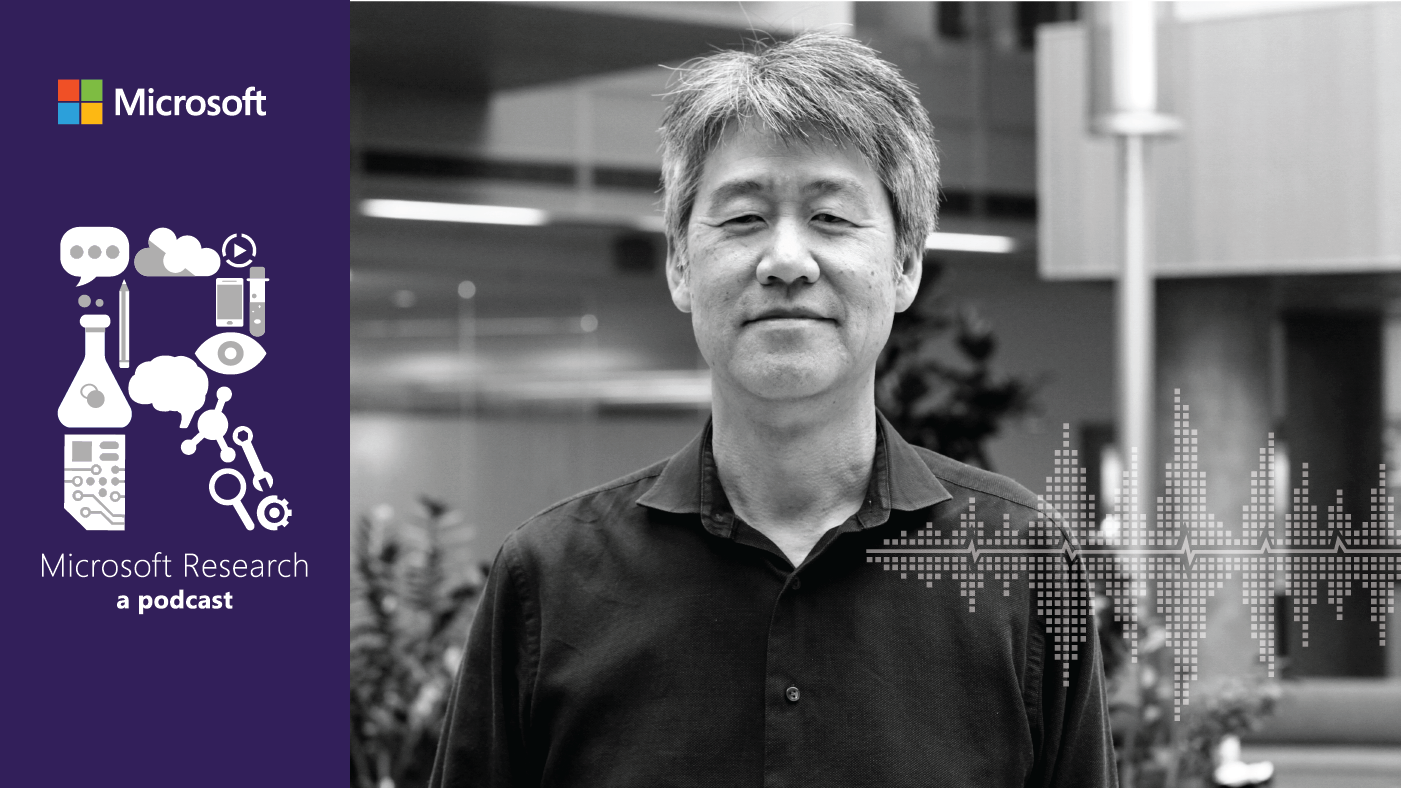Posted by
As ever, at the core of Microsoft Research Cambridge (opens in new tab)’s work is participation in academic research across the world. Our publication activity is too prolific to detail, but we regularly hit the top conferences and journals. Notably, our staff co-authored eight papers this year on human-computer interaction at CHI (opens in new tab), and seven at POPL (opens in new tab), the premier conference for programming languages.
Microsoft Research Podcast
There was a scientific landmark in September. Georges Gonthier (opens in new tab) announced the culmination of a six-year project with our joint research centre at INRIA, Paris (opens in new tab) that produced a formal proof of the Feit-Thompson Theorem (opens in new tab), the first major step of the classification of finite simple groups. It used the proof system Coq and strengthened it appreciably in the process. Coq is also important for verification of security-critical code.
We had plenty of media attention this year, particularly on blending virtual and physical spaces. KinÊtre (opens in new tab), Touchless Interaction in Medical Imaging (opens in new tab), and Digits (opens in new tab) all created a significant buzz. Two of those came from the i3D group (opens in new tab), a new, cross-disciplinary collaboration on natural user interaction, a subject that could help shape how we relate to computers and computer-controlled technology. Not to be outdone, our IT team hit the press (opens in new tab) too, explaining its innovative approach to running effective data centres.
Many members of our staff received accolades during the year, and I’d like to mention a few. Neil Dalchau (opens in new tab) won the Tansley Medal (opens in new tab) for young scientists in the plant sciences. Jamie Shotton (opens in new tab) was joint winner, with the Kinect for Xbox 360 (opens in new tab) team, of a Microsoft Technical Achievement Award (opens in new tab) and smiled down from banners around the Microsoft campus in Redmond. Luca Cardelli (opens in new tab) won the exotically named Rozenberg Tulip Award (opens in new tab) for research into programming biomolecular systems. And Miguel Castro (opens in new tab) joined the hall of fame of Mark Weiser Award (opens in new tab) winners for creativity and innovation in operating-systems research.
 (opens in new tab)We also had appreciable influence this year outside the usual spheres of Microsoft and the academic world. Simon Peyton-Jones (opens in new tab), worked with Computing at Schools (opens in new tab) on the creation of a national computing syllabus and a highly influential report (opens in new tab) on reform in computing education. I was appointed to the EPSRC (opens in new tab), to help set policy for almost £3 billion of funding for university research. We brokered, on behalf of Microsoft, a partnership with the IUCN Red List (opens in new tab) and deployed software to enable better tracking of endangered species. Lastly, Stephen Emmott (opens in new tab), starring in (opens in new tab), left sellout audiences impressed (and worried) after about the future of our planet.
(opens in new tab)We also had appreciable influence this year outside the usual spheres of Microsoft and the academic world. Simon Peyton-Jones (opens in new tab), worked with Computing at Schools (opens in new tab) on the creation of a national computing syllabus and a highly influential report (opens in new tab) on reform in computing education. I was appointed to the EPSRC (opens in new tab), to help set policy for almost £3 billion of funding for university research. We brokered, on behalf of Microsoft, a partnership with the IUCN Red List (opens in new tab) and deployed software to enable better tracking of endangered species. Lastly, Stephen Emmott (opens in new tab), starring in (opens in new tab), left sellout audiences impressed (and worried) after about the future of our planet.
Into the new year, we look forward enormously to moving into a lab in the new business district (opens in new tab) of central Cambridge. We will be more visible as a Cambridge institution, a shop window into the world of computing research. Incidentally, there’s a choice of more than 50 pubs located within a mile—so it should be a good year for collaboration.


